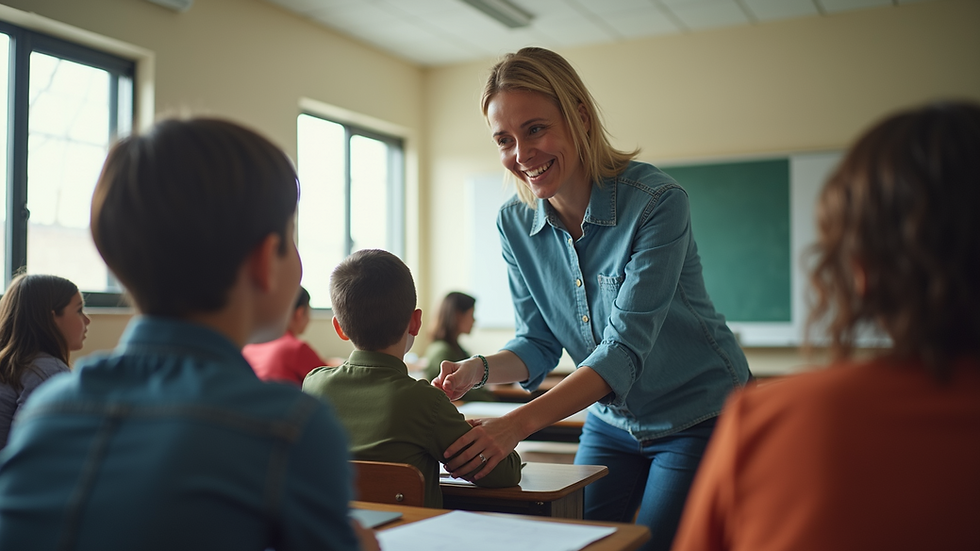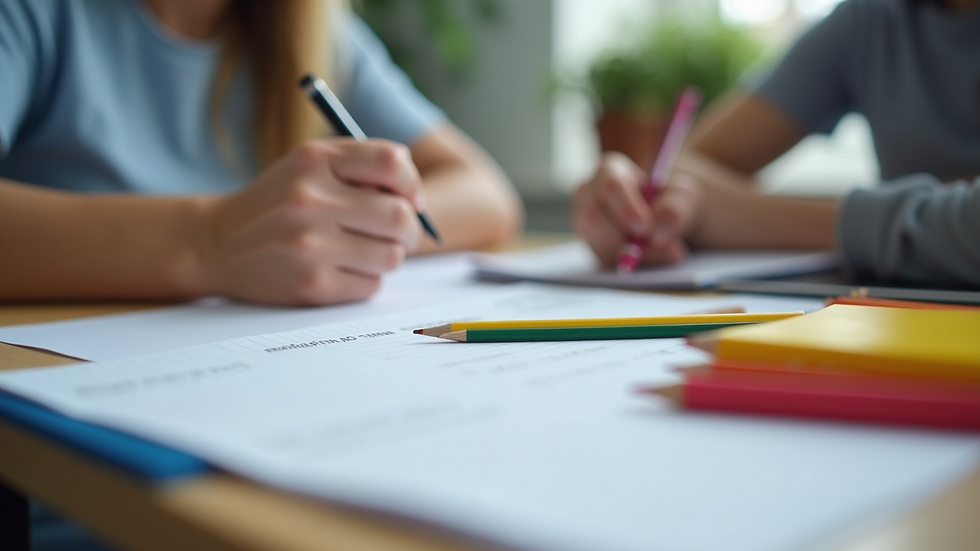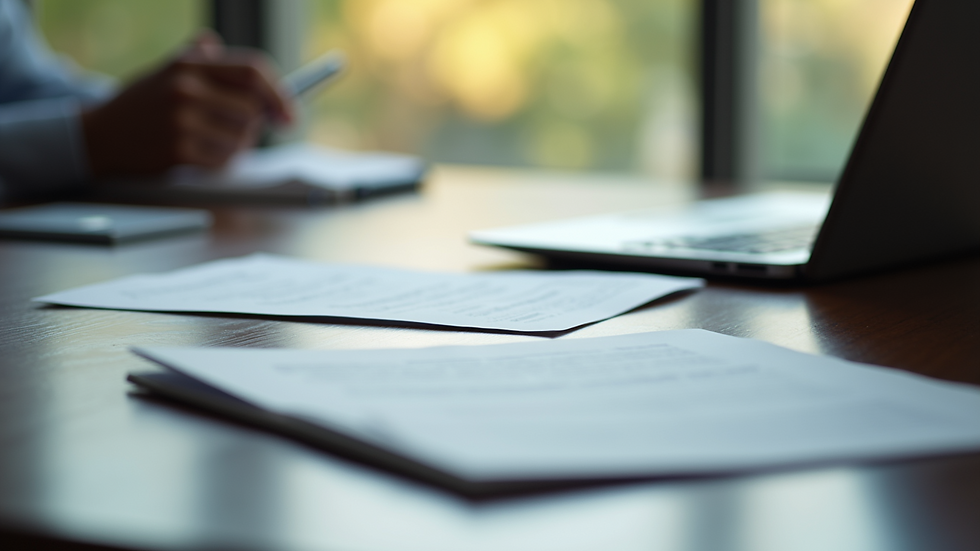How Personalized Plans Enhance Student Success
- ANTA Education

- Aug 19, 2025
- 4 min read
In today’s educational landscape, one size does not fit all. Every student has unique strengths, challenges, and learning styles. Personalized plans are becoming essential tools to help students reach their full potential. These tailored approaches focus on individual needs, making learning more effective and engaging. This article explores how personalized plans enhance student success by providing practical insights and examples.
The Role of Personalized Plans in Student Success
Personalized plans are designed to meet the specific academic and developmental needs of each student. Unlike traditional teaching methods that apply the same approach to all learners, personalized plans adapt to individual differences. This flexibility helps students stay motivated and overcome obstacles.
For example, a student struggling with reading comprehension might receive additional support through targeted exercises and one-on-one tutoring. Meanwhile, a gifted student could be challenged with advanced materials to keep them engaged. This approach ensures that every learner progresses at their own pace.
Personalized plans also promote self-awareness and responsibility. When students understand their strengths and areas for improvement, they become active participants in their education. This empowerment leads to higher confidence and better academic outcomes.

How Tailored Strategies Boost Student Success
Tailored strategies within personalized plans address various aspects of learning, including cognitive, emotional, and social factors. These strategies can include:
Differentiated instruction: Adjusting teaching methods to suit different learning styles, such as visual, auditory, or kinesthetic.
Goal setting: Helping students set realistic and measurable goals to track their progress.
Regular feedback: Providing constructive feedback to guide improvement and celebrate achievements.
Flexible pacing: Allowing students to learn at a speed that matches their abilities and needs.
For instance, a student with attention difficulties might benefit from shorter, focused lessons combined with frequent breaks. Another student might thrive with project-based learning that encourages creativity and critical thinking.
Schools that implement personalized plans often see improvements in attendance, behaviour, and academic performance. These plans create a supportive environment where students feel valued and understood.

Is an IEP the Same as a SEN Plan?
Understanding the difference between an Individual Education Plan (IEP) and a Special Educational Needs (SEN) plan is crucial for educators and parents. Both are types of personalized plans but serve different purposes.
An IEP is a detailed document created for students with identified special educational needs. It outlines specific goals, accommodations, and support services tailored to the student’s unique requirements. IEPs are legally binding and reviewed regularly to ensure they meet the student’s evolving needs.
A SEN plan, on the other hand, is a broader term that refers to any plan designed to support students with special educational needs. It may not be as formal or detailed as an IEP but still aims to provide appropriate assistance.
While both plans focus on enhancing student success, the IEP is more structured and often involves a multidisciplinary team, including teachers, parents, and specialists. Understanding these distinctions helps ensure that students receive the right level of support.

Practical Steps to Develop Effective Personalized Plans
Creating an effective personalized plan requires collaboration, assessment, and ongoing evaluation. Here are some actionable recommendations:
Assess individual needs: Use formal assessments, observations, and feedback from teachers and parents to identify strengths and challenges.
Set clear objectives: Define specific, measurable, achievable, relevant, and time-bound (SMART) goals.
Choose appropriate strategies: Select teaching methods and resources that align with the student’s learning style and needs.
Involve the student: Encourage students to participate in planning to increase ownership and motivation.
Monitor progress regularly: Use assessments and feedback to adjust the plan as needed.
Communicate with stakeholders: Keep parents, teachers, and support staff informed and involved.
By following these steps, educators can create personalized plans that truly support student growth and success.
The Impact of Student Learning Plans on Academic Achievement
One of the most effective tools in personalizing education is the use of student learning plans. These plans provide a structured framework to identify goals, track progress, and tailor instruction.
Research shows that students with personalized learning plans often demonstrate:
Improved academic performance
Increased engagement and motivation
Better self-regulation and study habits
Enhanced confidence and independence
For example, a school that implemented student learning plans reported a significant rise in literacy rates and student satisfaction. These plans help bridge gaps in learning and provide targeted support where it is most needed.
Educators and parents should consider integrating student learning plans into their approach to maximize student success.
Moving Forward with Personalized Education
Personalized plans are transforming education by putting the student at the centre of the learning process. They acknowledge that every learner is different and deserve tailored support to thrive.
As schools continue to adopt these approaches, it is essential to invest in training, resources, and collaboration. Technology can also play a role by providing adaptive learning tools and data analytics to inform planning.
Ultimately, personalized plans are not just about academic success but about nurturing confident, capable, and motivated learners prepared for the future.
By embracing personalized education, we can create a more inclusive and effective learning environment for all students.




Comments